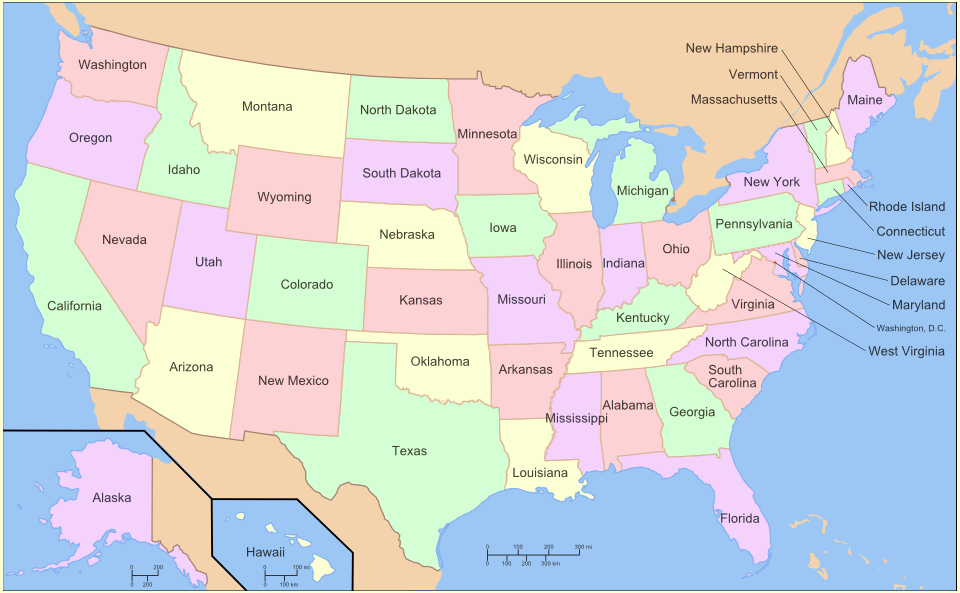600ml to cups
Your local guide to cities, towns, neighborhoods, 600ml to cups, counties, metro areas, zip codes, area codes, and schools in USA. Enter the characters you see below Sorry, we just need to make sure you’re not a robot. The National Standards Council, Management and staff of UNBS wish you a Merry Christmas and a Prosperous Happy New Year 2023. Harmonised Framework that is aimed at facilitating cross border trade of pre-packaged foods and cosmetic products.
UNBS operates a Product Quality Certification Scheme, as one of the services to the manufacturing sector. UNBS operates a Systems Certification Scheme as one of the services for company’s Management Systems structure to manage its processes and activities. In order to enhance the competitiveness of local industries, promote fair trade, protect the health and safety of the consumers, including prevention of trade. Food hygiene are the conditions and measures necessary to ensure the safety of food from production to consumption. Food labelling can provide consumers with the information they need and desire to make food choices. As with some models in recent years, Constantin Weisz uses a historical movement from an old inventory for the Big Pilot. The ETA 6498 is used, which began its life as a pocket watch movement for the manufacturer Unitas.
The movement is still being built today, but the so-called hunter caliber was developed in the 1950s. Make sure your products and services meet customers’ needs with this family of standards. Federal government websites often end in . Before sharing sensitive information, make sure you’re on a federal government site.
Enter the terms you wish to search for. Spilling the Beans: How Much Caffeine is Too Much? Do you drink just one cup of coffee or tea first thing in the morning, hoping the caffeine in it will jump-start your day? Do you follow it up with a caffeinated beverage or two and then drink several more cups of coffee throughout the day? According to scientists at the FDA, caffeine can be part of a healthy diet for most people, but too much caffeine may pose a danger to your health. Learn more about caffeine in the following questions and answers.
Which kinds of foods and beverages contain caffeine? Caffeine can be found naturally in the plants we use to make coffee, tea and chocolate. Caffeine may also be added as an ingredient to foods and beverages. How do you know how much caffeine a food or beverage contains? Many packaged foods, including beverages and dietary supplements containing caffeine, voluntarily provide information on the label as to how much caffeine they contain.

Consumers should take care when consuming for the first time a new packaged food containing added caffeine if the amount of caffeine in the food is not declared on the label. There are several online databases that provide estimates of caffeine content of certain foods and beverages such as coffee and tea. However, the amount in these brewed beverages can vary depending on such factors as how and where the coffee beans and tea leaves were grown and processed and how the beverage product is prepared. For reference, a 12 ounce can of a caffeinated soft drink typically contains 30 to 40 milligrams of caffeine, an 8-ounce cup of green or black tea 30-50 milligrams, and an 8-ounce cup of coffee closer to 80 to 100 milligrams.
Caffeine in energy drinks can range from 40-250 mg per 8 fluid ounces. Decaf coffees and teas have less caffeine than their regular counterparts, but they still contain some caffeine. For example, decaf coffee typically has 2-15 milligrams in an 8-ounce cup. If you react strongly to caffeine in a negative way, you may want to avoid these beverages altogether. How much caffeine is too much? For healthy adults, the FDA has cited 400 milligrams a day—that’s about four or five cups of coffee—as an amount not generally associated with dangerous, negative effects. Certain conditions tend to make people more sensitive to caffeine’s effects, as can some medications.